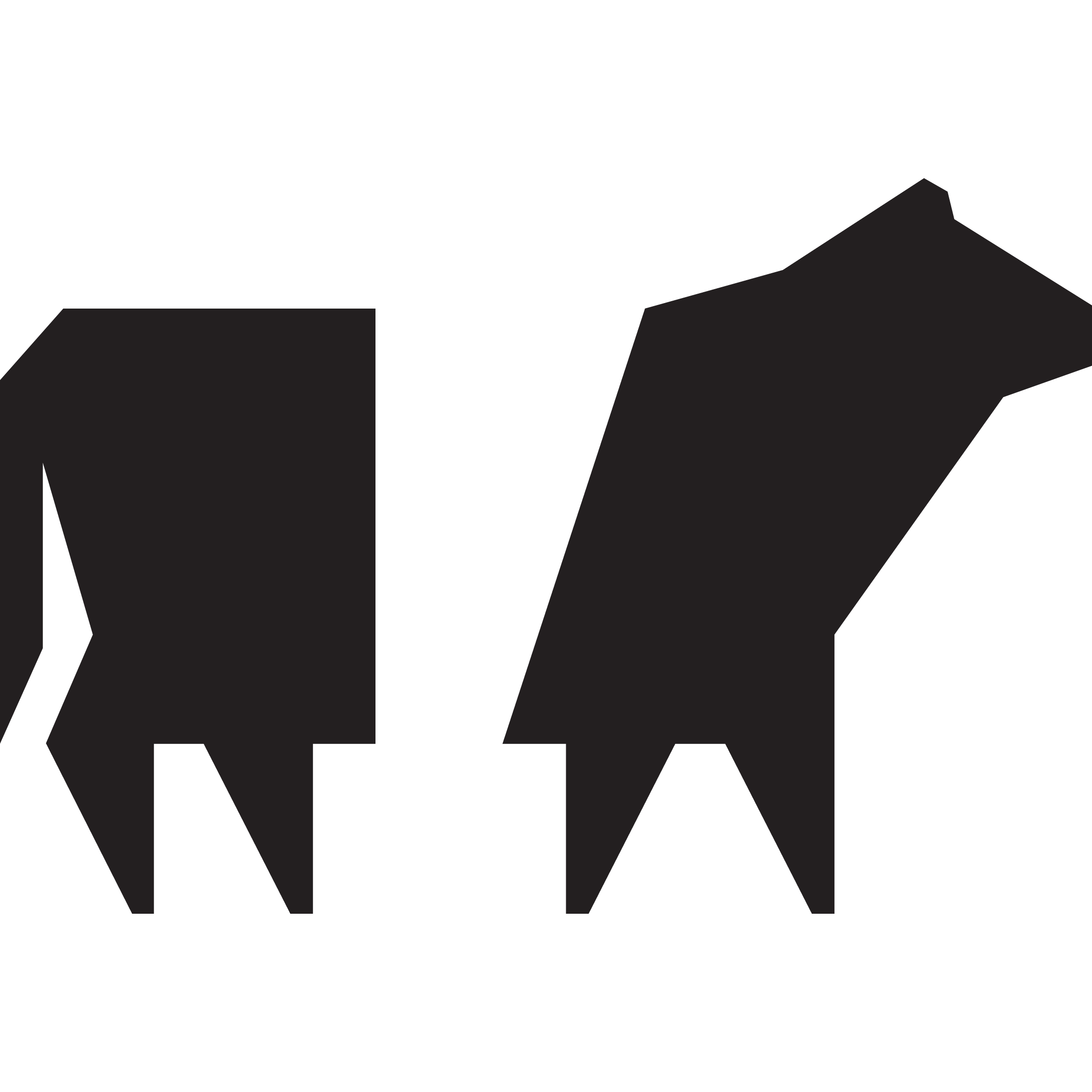Spring Planting & Planning
Written by Brian Morgan, Growing Manager
It’s April, which means the propagation house is filling up with seedlings, the greenhouse tomatoes are already potted up, and we can probably count on another snowfall to remind us that we are in Vermont. Farmers were abuzz this winter about seeds being in short supply. We noticed some varieties were selling quickly, but feel lucky to have ended up with a selection that gets us very excited for the season ahead; a dozen varieties of greenhouse tomatoes, carrots of different sizes, shapes, and colors, beets with and without that polarizing earthy flavor, hot and sweet peppers, and maybe a few fun surprises. While we can’t know what the season will bring, the hope is for healthy and vibrant vegetables to share at our Market and in the kitchen.
Spring will be full of cold hardy leafy greens, early radishes, and the overwintered assortment that persevered in the unheated greenhouse - scallions, kale, radicchio, endive, and spinach. Getting into June we’ll hope to start harvesting our first cucumbers, beets, carrots, peas, and broccoli, which will begin to fill out the farm stand. Then tomatoes, summer squash, and onions lead us into the full swing of summer, at which point maybe we’ll even be hugging our mothers again.
The vast majority of our seeds are from Johnny’s Selected Seeds in Maine, and High Mowing Organic Seeds, right here in Vermont. Having nearby seed companies with a focus on organic systems is an incredible resource, and their catalogues are mesmerizing to flip through.
Most of our vegetables will be transplanted, where we start seeds in ~10” x ~20” trays that have anywhere from 50 to 128 individual “cells” where one seed is dropped into each cell filled with potting mix. Depending on the crop, but usually after about 4-5 weeks (longer for tomatoes, peppers, onions, etc), we’ll remove the plants from their cells, and transplant them into the ground, where our team will have prepared the beds for their arrival by composting, amending, and bed shaping. Other crops, like arugula, carrots, beets, radishes, and some herbs, will be “direct seeded” using a small seeding implement to plant the seeds directly in the ground where they will germinate. No transplanting required.
This year, we’re feeling very grateful for the opportunity to do this work, to build on the efforts of all who have been here before us on this farm and this land, to observe, interact, and share it with friends, family, and our community. We hope you enjoy the seasons wherever you are, and look forward to sharing that joy in whatever way we can.



